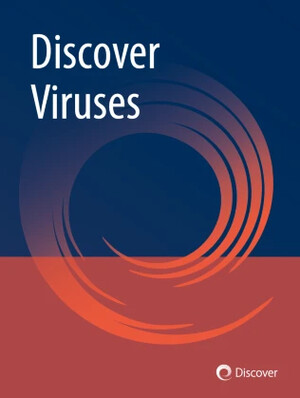
Life-history attributes of juvenile Anopheles gambiae s.s. in central Uganda; implications for malaria control interventions
Abstract
Malaria is among the leading causes of death in Uganda, and Anopheles gambiae sensu stricto (s.s.) is the predominant vector. Although current vector control interventions have greatly reduced the malaria burden, the disease persists. New interventions are needed in order to eradicate them. Evaluation of new tools will require the availability of well‐characterized test vector populations. Juvenile An. gambiae s.s. from Kibbuye and Kayonjo‐derived populations were characterized under semi‐field and laboratory conditions, given that various vector traits, including abundance and fitness are dependent on development profiles at this life stage. Ten replicates comprising 30 first instar larvae each were profiled for various life‐history attributes (egg hatching, larval development time, larval survivorship, pupal weight and pupation rate). All parameters were similar for the two sites under laboratory conditions. However, the similarities or differences between field and laboratory development were parameter‐specific. Whereas, larval survivorship and pupal weight were similar across seasons and laboratory in colonies from both sites, in the semi‐field settings, pupation rate and larval survivorship differed between seasons in both sites. In addition, the average larval development time during the wet season was longer than that of the laboratory for both sites. Availability of mirror field sites is important for future tool evaluations.
Citation
Batume, C., Akol, A.M., Mukwaya, L.G., Birungi, J. and Kayondo, J.K. 2022. Life-history attributes of juvenile Anopheles gambiae s.s. in central Uganda; implications for malaria control interventions. Medical and Veterinary Entomology








